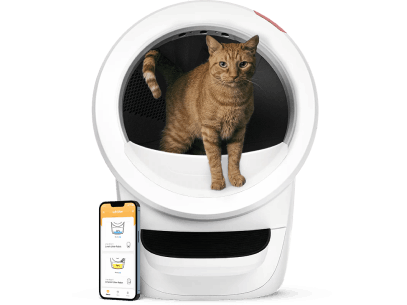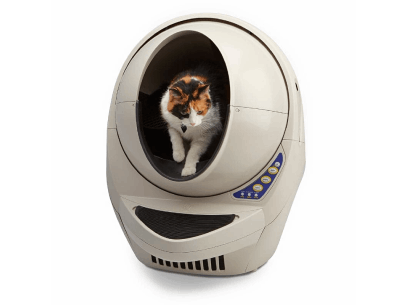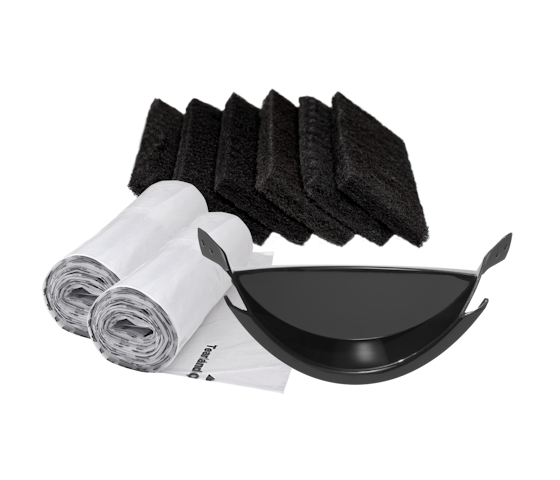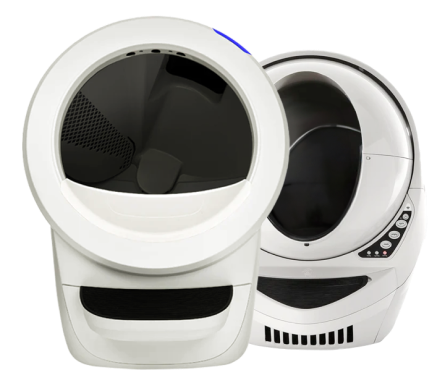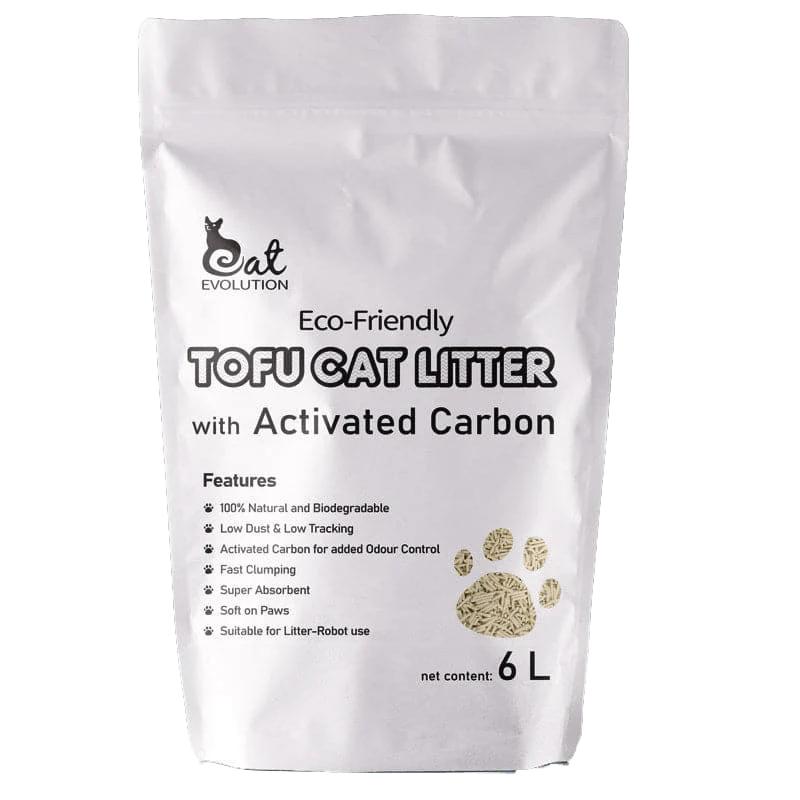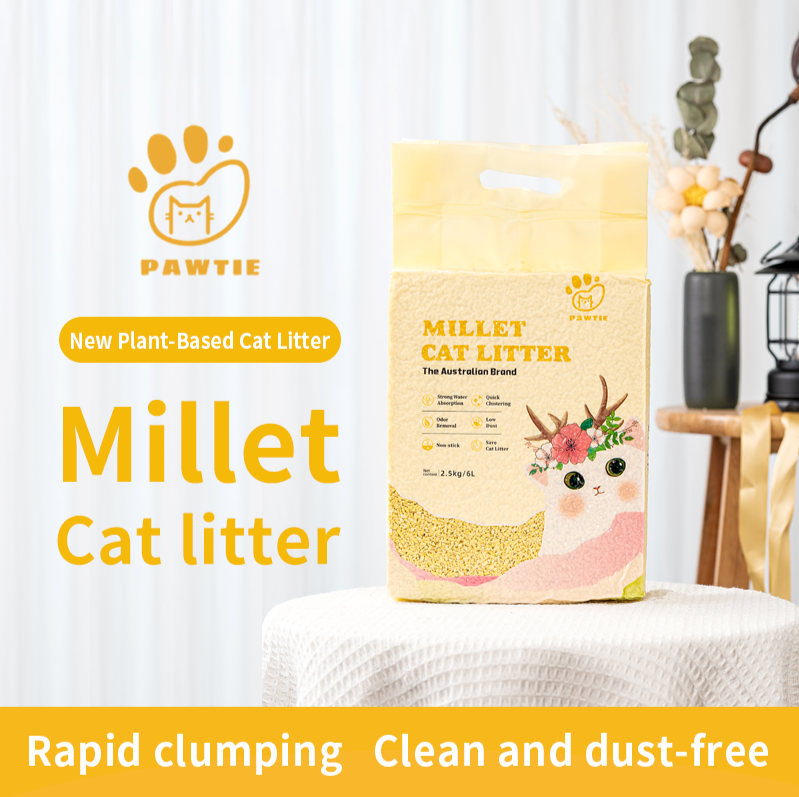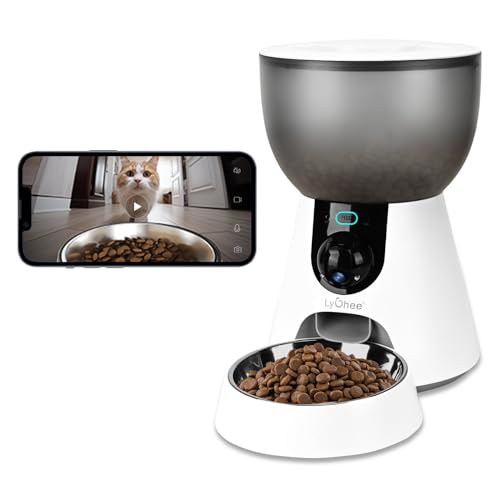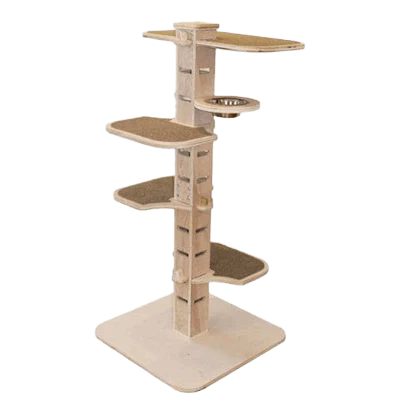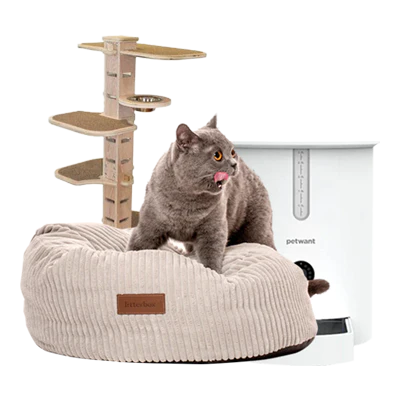Bringing a kitten home is one of life’s sweetest moments. But those tiny paws come with big needs, from tailored nutrition to a safe, enriched space. This guide walks you through every essential to confidently welcome your new companion, covering supplies, health, training, home safety, and vet care. Whether it’s your first kitten or your fifth, this checklist ensures you’re fully prepared to support their development from day one.

1. Kitten Essentials: What to Buy Before They Arrive
Start strong by gathering your supplies in advance. The right products create a smooth transition and reduce early stress for your kitten:
-
High-quality kitten food (wet and dry)
-
Stainless steel or ceramic food and water bowls
-
Low-entry litter box + unscented, clumping litter
-
Soft bedding and blankets
-
Enclosed pet carrier with ventilation
-
Safe, interactive toys and scratching posts
-
Grooming tools (brush, nail trimmer)
2. Feeding and Nutrition for Growing Kittens
Kittens grow fast and need food that matches. Choose a premium kitten-specific formula that supports development of bones, muscles, vision, and brain function.
Feeding Tips:
-
Feed 3–4 small meals daily
-
Mix wet food (for hydration) with dry kibble (for teeth)
-
Provide fresh, clean water at all times
-
Choose shallow bowls to protect whiskers
3. Litter Box Setup and Toilet Training
Toilet training starts with a box your kitten can easily access and a litter that feels comfortable on sensitive paws.
Your setup should include:
-
A low-entry box in a quiet spot
-
Unscented, low-dust, clumping litter
-
Daily scooping + weekly deep cleans - or if you don't want to scoop at all, get yourself a Litter-Robot
-
Enzymatic cleaner for any accidents
Reinforce good habits with gentle praise, never punishment.
4. Vet Visits, Vaccines, and Preventive Health
Early vet care sets the tone for a lifetime of health.
First 3–6 months:
-
Initial check-up at 6–8 weeks
-
Core vaccine schedule (feline herpesvirus, calicivirus, panleukopenia, and rabies)
-
Deworming and flea prevention
-
Microchipping for permanent ID
Your vet can also recommend diet, behaviour support, and parasite prevention.
5. Training and Socialisation
Social kittens grow into confident adult cats. Begin training from the first week:
-
Litter box success with consistency and praise
-
Gentle brushing and paw handling to prep for nail trims
-
Exposure to new sounds, people, and safe pets
-
Use treats, feather wands, and patience
Avoid overstimulation. Focus on short, positive interactions.

6. Kitten-Proofing Your Home
Kittens explore with paws, teeth, and curiosity. Safety-proofing your space is essential.
Check for and secure:
-
Loose cords, cables, and electrical sockets
-
Toxic plants (like lilies, pothos, philodendron)
-
Small objects (hair ties, string, jewellery)
-
Open balconies, gaps behind appliances, stairs
-
Cleaners and chemicals, store out of reach
Create a designated ‘safe zone’ with toys, bed, and a litter box to build comfort.
7. Daily Routines and Enrichment
A calm, consistent routine reduces anxiety and builds trust.
Include:
-
Regular feeding times
-
Daily play sessions (chase, climb, fetch)
-
Rest and quiet time
-
Gentle grooming and cuddles
Rotate toys weekly to prevent boredom and introduce climbing perches, scratchers, or puzzle feeders for mental stimulation.
Final Thoughts
Welcoming a kitten into your home is joyful, but preparation makes all the difference. With the right essentials, proactive vet care, and a safe, enriching space, you’ll give your kitten the foundation for a healthy, happy life.
Bookmark this checklist or share it with fellow cat lovers starting their kitten journey or refer to our guide: The Ultimate Guide to Cat Ownership in Australia: From Kitten Prep to Litter Box Bliss
Frequently Asked Questions
You’ll need kitten-specific food, a litter box with low sides, water and food bowls, bedding, grooming tools, toys, and a safe carrier. Having these ready ensures a smooth transition.
Ideally within the first 1–2 weeks after adoption, typically around 6–8 weeks old. This visit helps screen for health issues and begins the vaccination schedule.
Yes. A combination supports hydration, nutrition, and dental health. Always choose a premium, vet-recommended kitten formula and transition slowly when changing foods.
Place a low-entry litter box in a quiet, accessible area. Use unscented, clumping litter and reward your kitten with gentle praise for correct use.
Only after gradual introductions. Ensure other pets are healthy and vaccinated. Monitor all interactions closely to avoid stress or aggression.
Avoid toxic plants like lilies, pothos, or philodendrons. Also secure cords, small swallowable objects, and cleaning products that could be harmful.
Use an app or physical journal to monitor weight, meals, vet appointments, and milestones. Regular updates help detect issues early and support long-term health.

